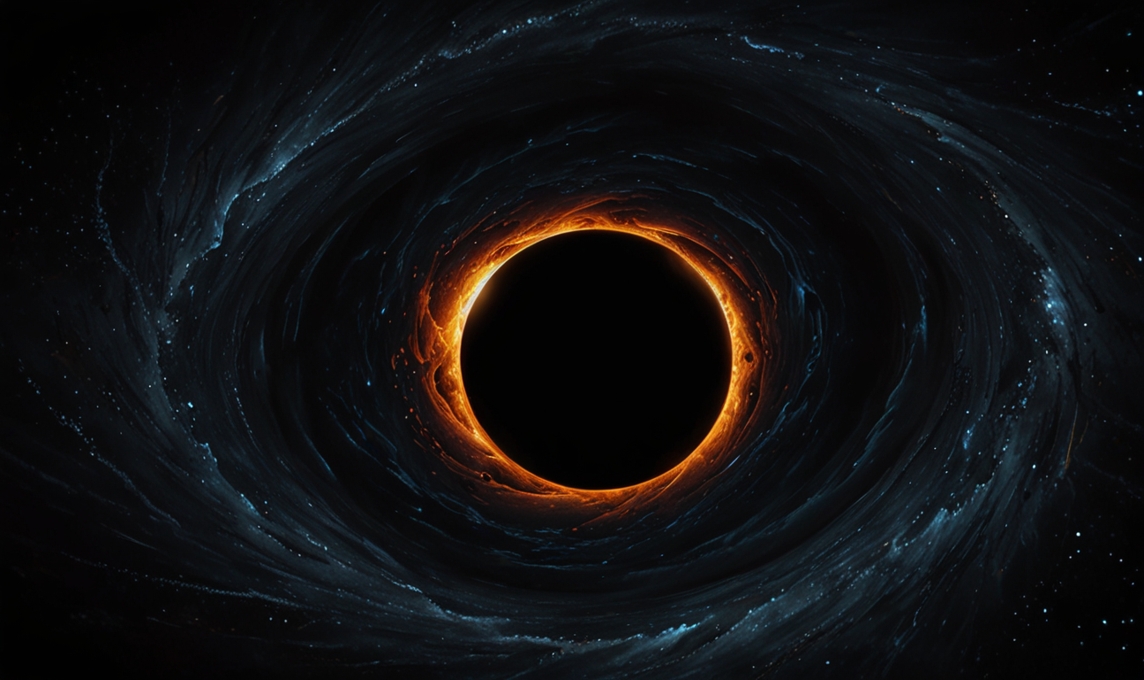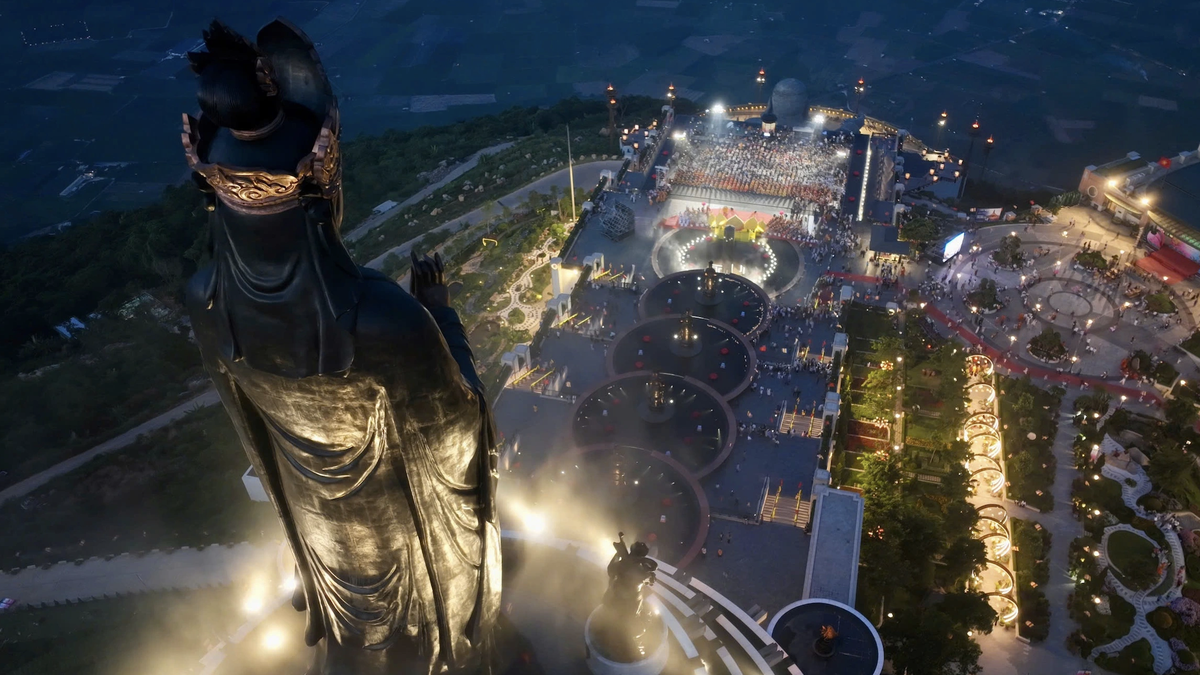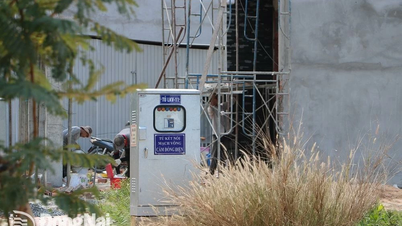New images from the James Webb Space Telescope show that whatever lies in the middle of the galaxy that contains Earth is not exactly a sleeping monster.
The supermassive black hole Sagittarius A* has long been known as the "monster heart" of the Milky Way galaxy and is in a quiet "hibernation" state.
However, new observations from the world's most powerful space telescope, the James Webb Space Telescope, developed and operated by NASA, show that this monster is more alive than we ever thought.

The central black hole of the galaxy containing Earth may be much more alive than previously thought - AI illustration: Thu Anh
According to Science Alert, observations at two near-infrared wavelengths have recorded cosmic bursts of different brightness and duration from the Sagittarius A* black hole.
These events are so powerful that the black hole has been described as bubbling or shooting fireworks into space.
The hot gas accretion disk surrounding Sagittarius A* produces five to six large flares per day and several smaller explosions in between, the researchers said.
"In our data, we see the brightness constantly changing, bubbling. And then boom! A big flash of light suddenly appears. Then it calms down again," described lead author Farhad Yusef-Zadeh from Northwestern University (USA).
Researchers admit that they cannot find a suitable model to explain these explosions.
It seems to happen randomly and once again shows that this black hole holds more interesting secrets than we thought.
However, the possible scenario is still presented in a paper published in the scientific journal Astrophysical Journal Letters.
Researchers believe two separate processes are creating the light show.
Smaller flares could be caused by disturbances in the accretion disk, compressing the disk's hot, magnetized gas. Such disturbances could produce short bursts of radiation similar to solar flares, which occasionally trigger geomagnetic storms on Earth.
Larger bursts, meanwhile, could be caused by magnetic reconnection events. That would happen when two magnetic fields collide, creating streams of bright particles traveling at nearly the speed of light.
Another surprising finding involved the way the spots brightened and dimmed when viewed at two different wavelengths.
There is still no clear answer to the origin of this phenomenon, but combined with the above mentioned series of surprising features, it could serve as a clue to the physical processes taking place in the swirling disk around the black hole.
It is also the door for humanity to "look" into a world that seems completely dark.
Source: https://giadinh.suckhoedoisong.vn/trai-tim-thien-ha-chua-trai-dat-dang-sui-bot-172250225072503538.htm


![[Photo] Prime Minister Pham Minh Chinh chairs a meeting of the Steering Committee for key projects in the transport sector.](https://vphoto.vietnam.vn/thumb/1200x675/vietnam/resource/IMAGE/2025/5/10/0f4a774f29ce4699b015316413a1d09e)



![[Photo] General Secretary To Lam holds a brief meeting with Russian President Vladimir Putin](https://vphoto.vietnam.vn/thumb/1200x675/vietnam/resource/IMAGE/2025/5/10/bfaa3ffbc920467893367c80b68984c6)


















































































Comment (0)